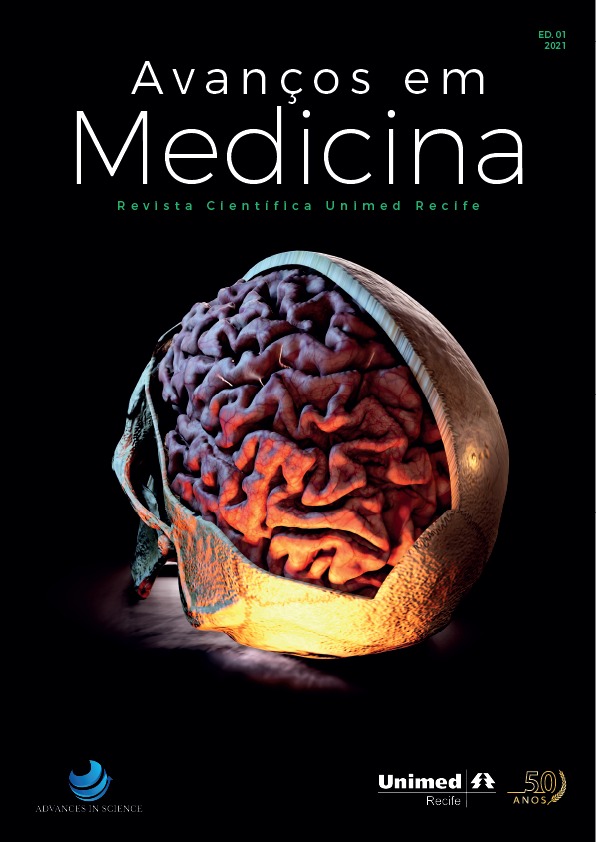Real-world experience with new migraine treatments in Brazil
DOI:
https://doi.org/10.52329/AvanMed.6Palavras-chave:
Migraine, Treatment, CGRP, Upcoming, Medications, Monoclonal antibodiesResumo
Introduction Migraine is a highly prevalent disorder. Current treatments are far from desired regarding efficacy and tolerability. Recent knowledge has been indicating targets whose antagonism may improve outcomes. Blocking CGRP or its receptor with monoclonal antibodies (mAb) can interfere with migraine mechanisms and decrease the frequency of attacks.
Erenumab, galcanezumab, fremanezumab and epitnezumab were recently approved for migraine treatment and the first three are available in Brazil. Although the figures of efficacy were not astonishing, tolerability and higher adherence were demonstrated. However, real-world experience is limited in Brazil, since these new therapies have been used for only a year.
Objective We present a summary of pivotal studies with the four mAb and preliminary results of this short-term option for migraine in real-world Brazilian patients.
Methods One hundred twelve episodic or chronic migraineurs received the prescription of a mAb during the last 12 months in a tertiary center. This initial study was performed with 83 patients who should have taken, at the time of this writing, at least three-monthly doses of a mAb, which was chosen by a neurologist with full time dedication to headache medicine.
Results Sixty-four women (77.1%) and 19 men (22.9%), with episodic (n=49; 59%) or chronic migraine (n=34; 41%), mean age of 43.6 years and mean headache history of 26.2 years were retrospectively studied. Baseline frequency was 14.8 headache days/month in the three months prior to the mAb use. Erenumab was prescribed to 40 (48.2%) patients; galcanezumab was given to 37 (44.6%) patients and fremanezumab was prescribed to 6 (7.2%) migraineurs. The mean headache frequency among the 77 patients who returned was reduced to 5.6 headache days/month in the following three months. Considering the headache frequency reduction of ≥50%, 44 (57%) migraine sufferers achieved a meaningful decrease. Mild adverse events were presented by 24.6% of the patients.
Conclusion The authors present the first Brazilian experience in real-world patients using different mAbs in migraineurs' preventive treatment.
Downloads
Downloads
Publicado
Edição
Seção
Licença
Copyright (c) 2025 Abouch Valenty Krymchantowski, Ana Gabriela Ferreira Krymchantowski, Carla da Cunha Jevoux (Autor)

Este trabalho está licenciado sob uma licença Creative Commons Attribution-ShareAlike 4.0 International License.



